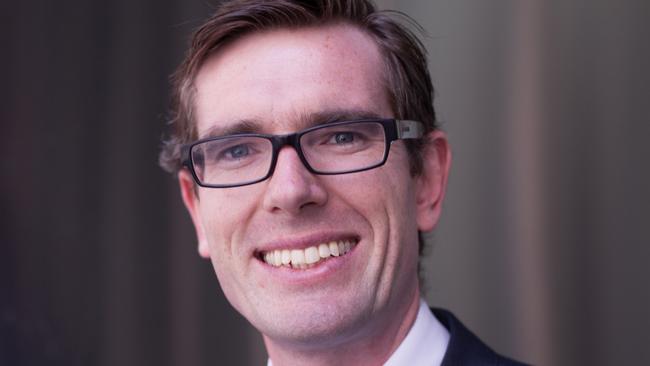NSW leads push for bold tax reforms
NSW home buyers could choose between paying stamp duty or a far lower annual land tax on new property purchases.

NSW home buyers could choose between paying tens of thousands of dollars in stamp duty or a far lower annual land tax on new property purchases under sweeping tax reforms proposed by the Berejiklian government’s expert panel of former business and political leaders.
Lifting the rate or broadening the base of the GST, aligning payroll tax rates across states and tearing up complicated federal-state arrangements are among other suggestions in the 100-page draft report released on Wednesday.
NSW Treasurer Dominic Perrottet — who commissioned former Telstra chief executive David Thodey, former deputy prime minister John Anderson and former New Zealand prime minster Bill English to investigate tax reform ideas late last year — said the COVID-19 pandemic showed “the federation was strongest when states weren’t afraid to lead”.
“We will only succeed in improving our federation if the states continue to show leadership and drive reform,” Mr Perrottet said.
“We all know our federation needs fixing. This is our once in a generation opportunity to change it for the better.”
The push for major reform by the nation’s biggest state comes amid heightened interest in how governments can use the sense of urgency created by the recession to push through structural changes to boost economic growth and productivity, which have been flagging.
Last month, Scott Morrison announced five working groups of union and business leaders to investigate the industrial relations system.
Mr Thodey said a federation would be “one of the most economically efficient forms of national government” if it were “properly calibrated”.
“The summer bushfires and the COVID-19 pandemic have expose the best and worst of the federation and have only added to the urgency to undertake significant reform,” he said.
In a week that marks the 20-year anniversary of the introduction of the goods and services tax, which was intended to make states more financially resilient, the report concedes that any increase in the rate or a broadening of the GST base would require “some of the revenue gained to be transferred to lower income households to maintain equity”.
The coverage of the 10 per cent GST has steadily fallen since it was introduced as households increased spending on exempt fresh food, health, education and financial services, which now make up about 44 per cent of household consumption.
Replacing stamp duty on property transfers with a land tax has long been on the agenda of policymakers and economists, and was among one of the recommendations of the Henry tax review in 2010.
The NSW Productivity Commission estimates stamp duty costs the economy $2.35 for every collected dollar, compared with 16c for land tax.
“We need to identify practical ways to maximise the value we get per dollar of tax raised,” the report says.
The Australian understands the Berejiklian government has worked closely with the Victorian government on a framework to shift both states from stamp duty to land taxes.
The favoured option is to give buyers the choice of paying one or the other when they make a new purchase.
Before the pandemic, NSW relied on the federal government for almost 40 per cent of its revenues, including GST payments and “tied” grants that stipulate how funds are spent.
Since 2009, the number of “tied grants” handed to states has blown out from 22 to more than 300.
The review panel also included Melbourne University economist John Freebairn, Sydney University constitutional law academic Anne Twomey and former federal Finance Department secretary Jane Halton.
Without major reform, the report says, “future generations would be burdened with significant debts, hard choices around cutting services would need to be made, taxes raised or handouts sought from the commonwealth”.




To join the conversation, please log in. Don't have an account? Register
Join the conversation, you are commenting as Logout